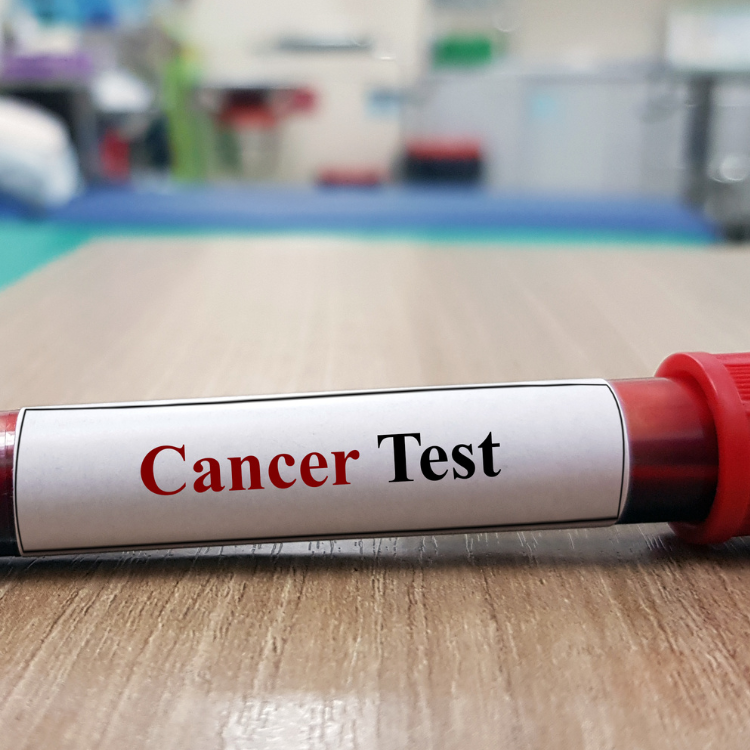Cancer Testing
What is your cancer risk?
Genetics can play an important role in cancer risk. Many of us know of BRCA, the cancer gene associated with breast cancer. If you are positive for BRCA, you have a 50-80% chance (!!) of getting breast cancer or ovarian cancer.
The benefit of knowing that risk is planning. Have kids earlier. Don’t skip screening exams. Remove your risk- have a mastectomy and/or ovary removal at an age before the cancers come.
There are many other genes associated with increased risk for specific cancers, and others which put you at risk for cancers in general.
There are also environmental factors and habits which may increase your risk of cancer. Smoking, exposure to chemicals, and diabetes among other factors are risks.
The American Cancer Society has a great risk cancer risk calculator page. Cancer Risk Calculator. The calculators are here General Risk Calculator from NIH: Cancer Risk Calculators.
This is the essence of biohacking.

TEST OPTIONS

NATERA GENETIC CANCER SCREEN
This simple test goes beyond BRCA to see what you may have a genetic risk for. Those with the BRCA gene have a risk for breast cancer of 50-80%. But BRCA isn’t the only genetic marker you can screen for, it is just the most well known.
This test screens for over 40 genes associated with increased risk for hereditary cancers, including APC, ATM, AXIN2, BAP1, BARD1, BMPR1A, BRCA1, BRCA2, BRIP1, CDH1, CDK4, CDKN2A, CHEK2, EPCAM, GALNT12, GREM1, HOXB13, MEN1, MITF, MLH1, MSH2, MSH3, MSH6, MUTYH, NBN, NF1, NTHL1, PALB2, PMS2, POLD1, POLE, PTEN, RAD51C, RAD51D, RNF43, RPS20, SMAD4, STK11, TP53, VHL

GALLERI CANCER SCREEN
This is blood screens for DNA of cancer in your blood. It can detect over 50 types of cancer.
It goes beyond breast and colon cancer. A negative test does not mean you do not have cancer- this is a screen. The Galleri test is a clinically validated blood test, supported by clinical studies with over 20,000 participants.
Information on the test Galleri